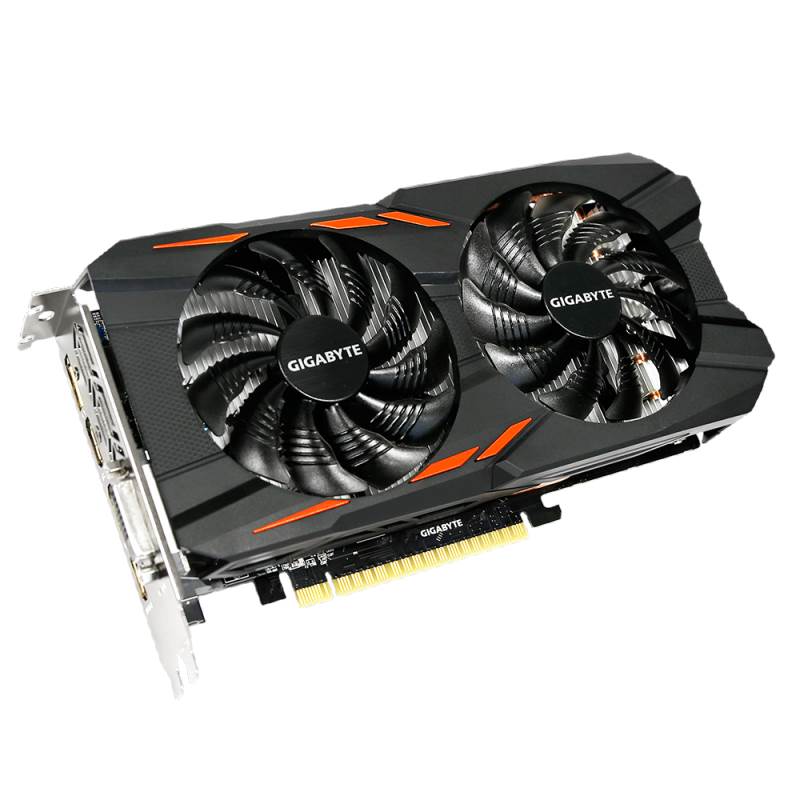

Given the overclocking headroom our sample demonstrated (more on this shortly) and GP107’s higher stock voltage compared to GP106, it seems as though GeForce GTX 1050 Ti’s factory spec is determined by the board’s 75 W TDP rating. Further, the 1050 Ti’s 1392 MHz GPU Boost frequency is ~75% of the 1060’s. But whereas the 1060’s processor operates at a 1506 MHz base clock rate, 1050 Ti starts at 1290 MHz. It also gets two-thirds of the faster card’s ROPs and memory bus width. Nvidia’s efforts to down-scale GP107 result in a design with 60% of the CUDA cores and texture units as GeForce GTX 1060’s GP106. Finally, Pascal has a new 8:1 mode that combines 4:1 constant compression to 2x2 blocks with 2:1 compression of the differences between them." There’s also a new 4:1 mode that covers cases when per-pixel differences are very small and compressible into even less space. Adapted from our GTX 1080 coverage: " delta color compression tries to achieve 2:1 savings, and this mode is purportedly enhanced to be usable more often. And the company is quick to point out that Pascal’s memory optimizations improve effective bandwidth compared to prior architectures, too. Nvidia arms the 1050 Ti with 4 GB of 7 GT/s GDDR5 memory able to move up to 112 GB/s. Similar to other Pascal-based GPUs, each controller is associated with eight ROPs and 256 KB of L2 cache, adding up to 32 ROPs and 1 MB of cache.

Four 32-bit memory controllers provide an aggregate 128-bit data path. The back-end of GP107 is correspondingly trimmed to reflect the 1050 Ti’s mainstream pedigree aimed at 1920x1080 gaming. Each SM also includes eight texture units (adding up to 48 across the processor), 256 KB of register file capacity, 96 KB of shared memory, and 48 KB of L1/texture cache. With 128 single-precision CUDA cores per SM, GeForce GTX 1050 Ti wields a total of 768. GP107, in contrast, sports three SMs per GPC. The four existing Pascal-based chips pack five SMs into a GPC. All six of the GPU’s Streaming Multiprocessors are enabled, split between two of what Nvidia calls Graphics Processing Clusters. GeForce GTX 1050 Ti employs the aforementioned GP107 in its uncut form.

Some GeForce GTX 1050 Ti cards will repeat that feat by ducking in under a 75 W ceiling, while others purposely step past it and incorporate six-pin power connectors for greater overclocking headroom. It drew all the power it needed through a 16-lane PCIe slot. The GeForce GTX 750 Ti was such a big deal back in 2014 because it made 1920x1080 gaming accessible from a 60 W graphics card.


 0 kommentar(er)
0 kommentar(er)
